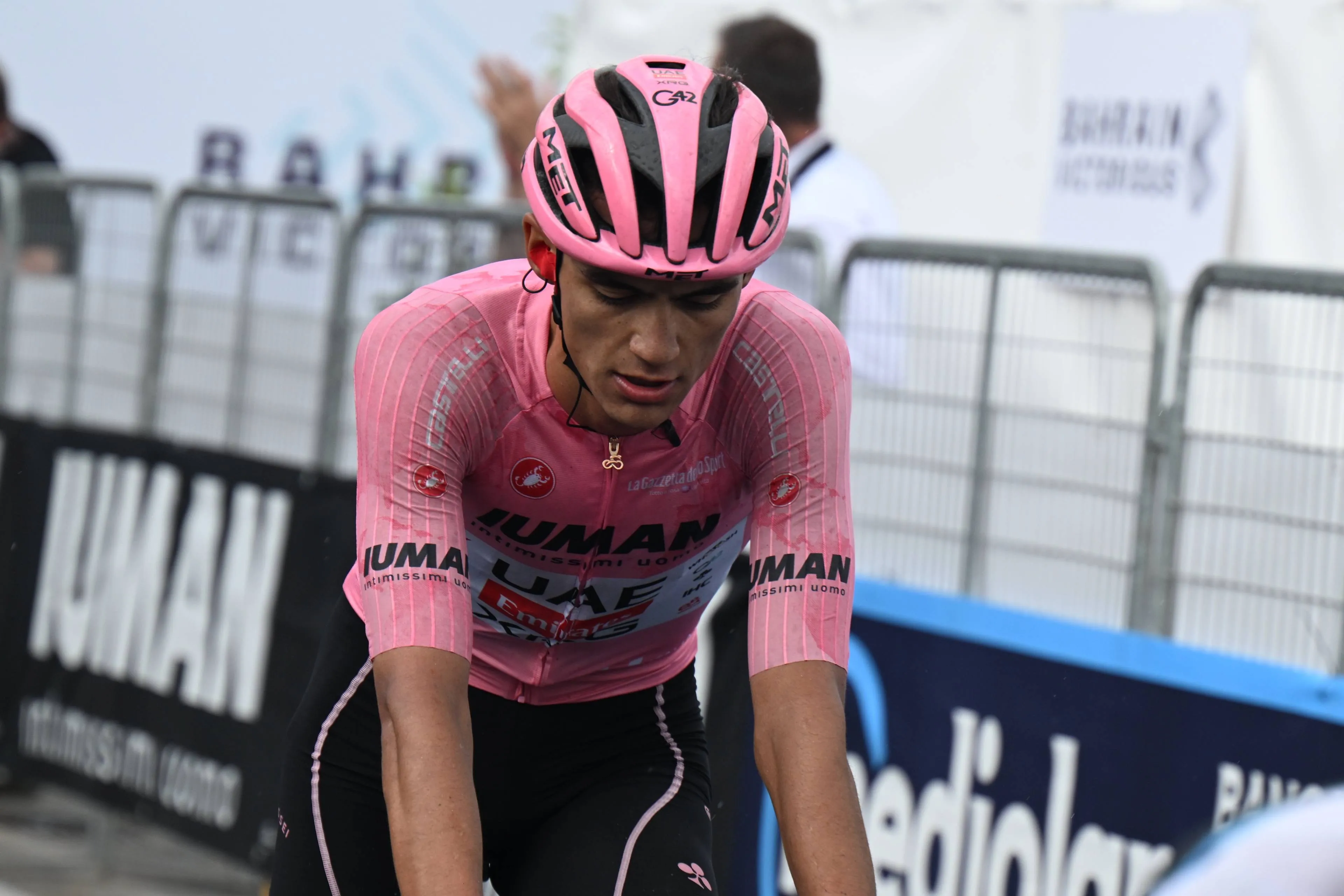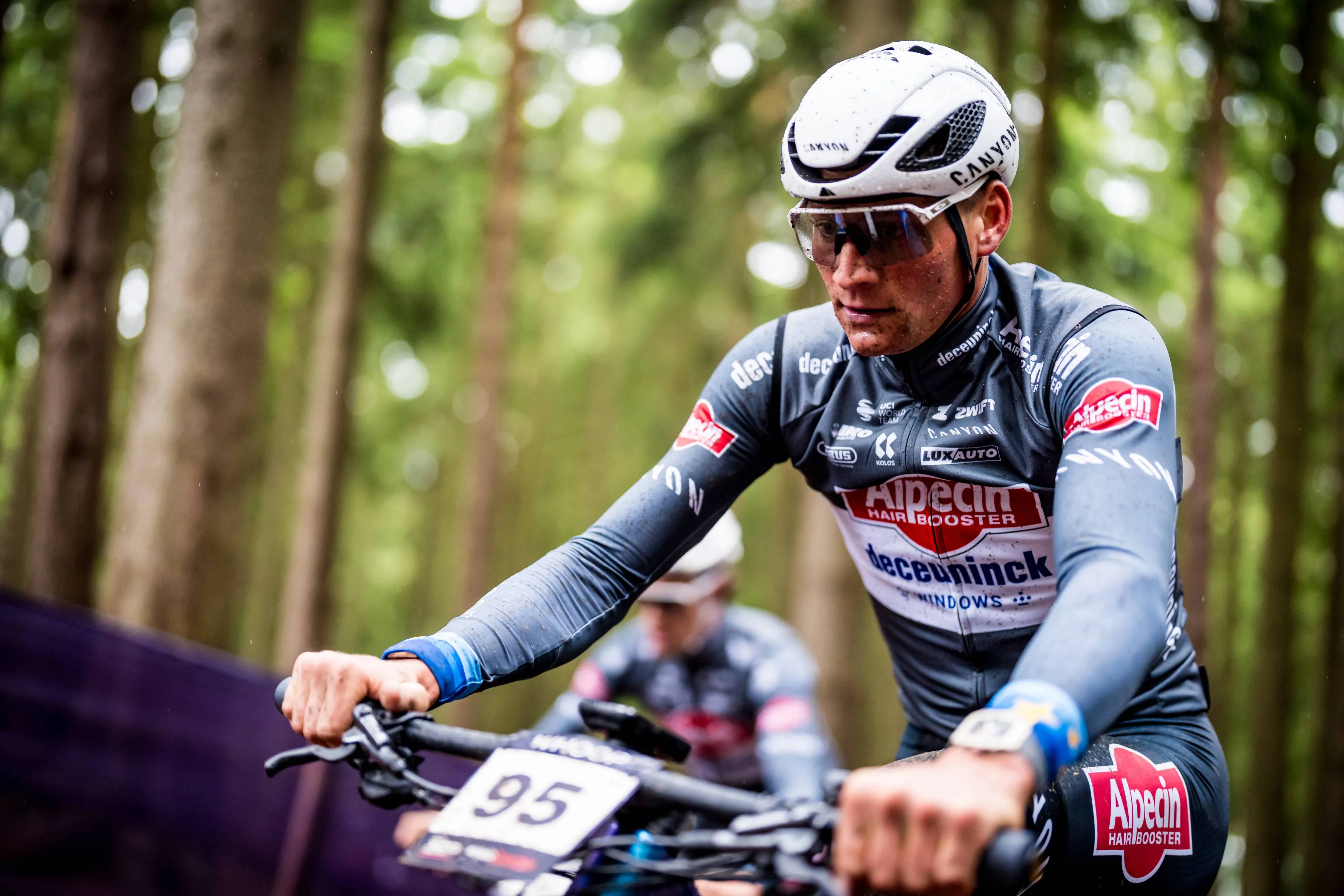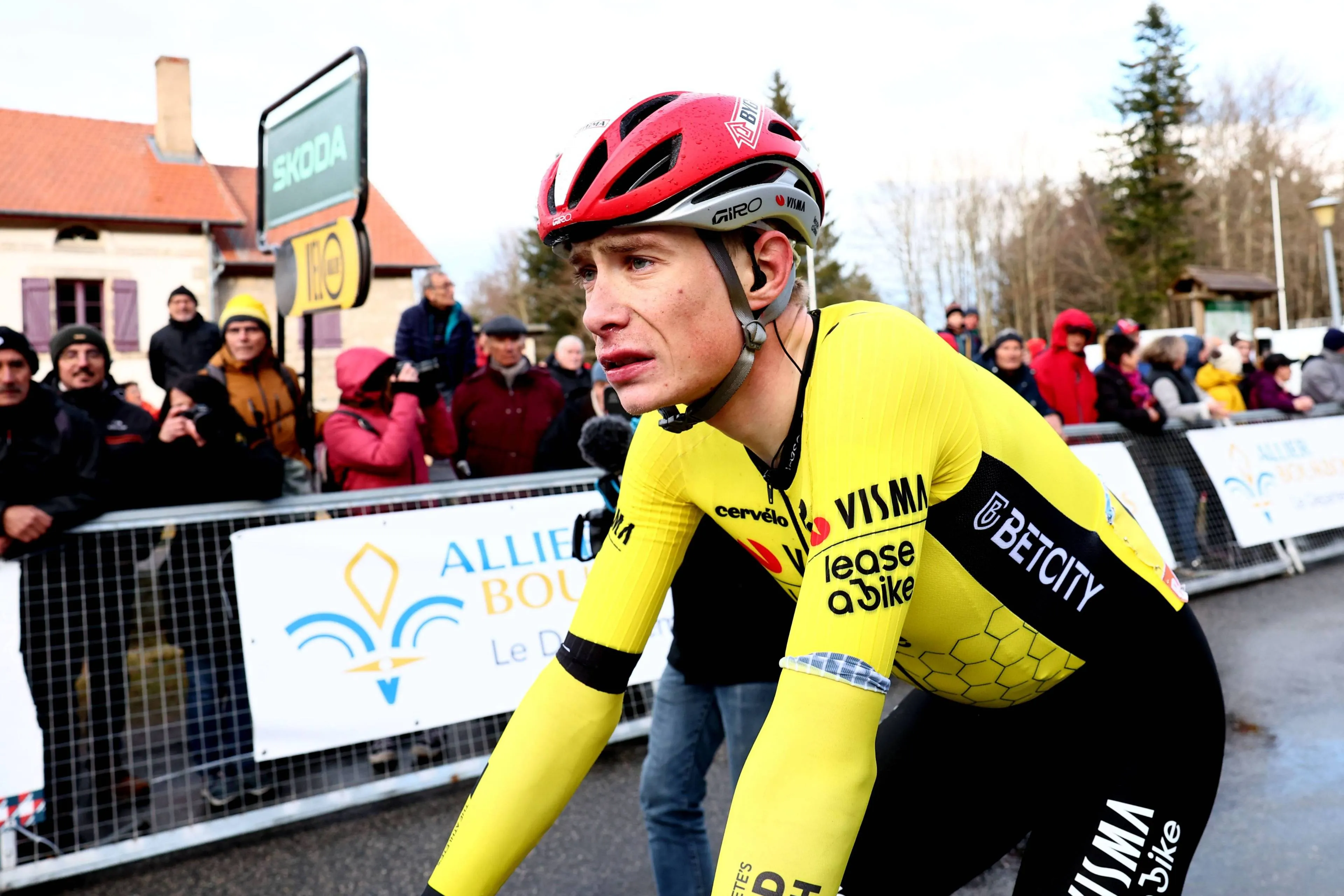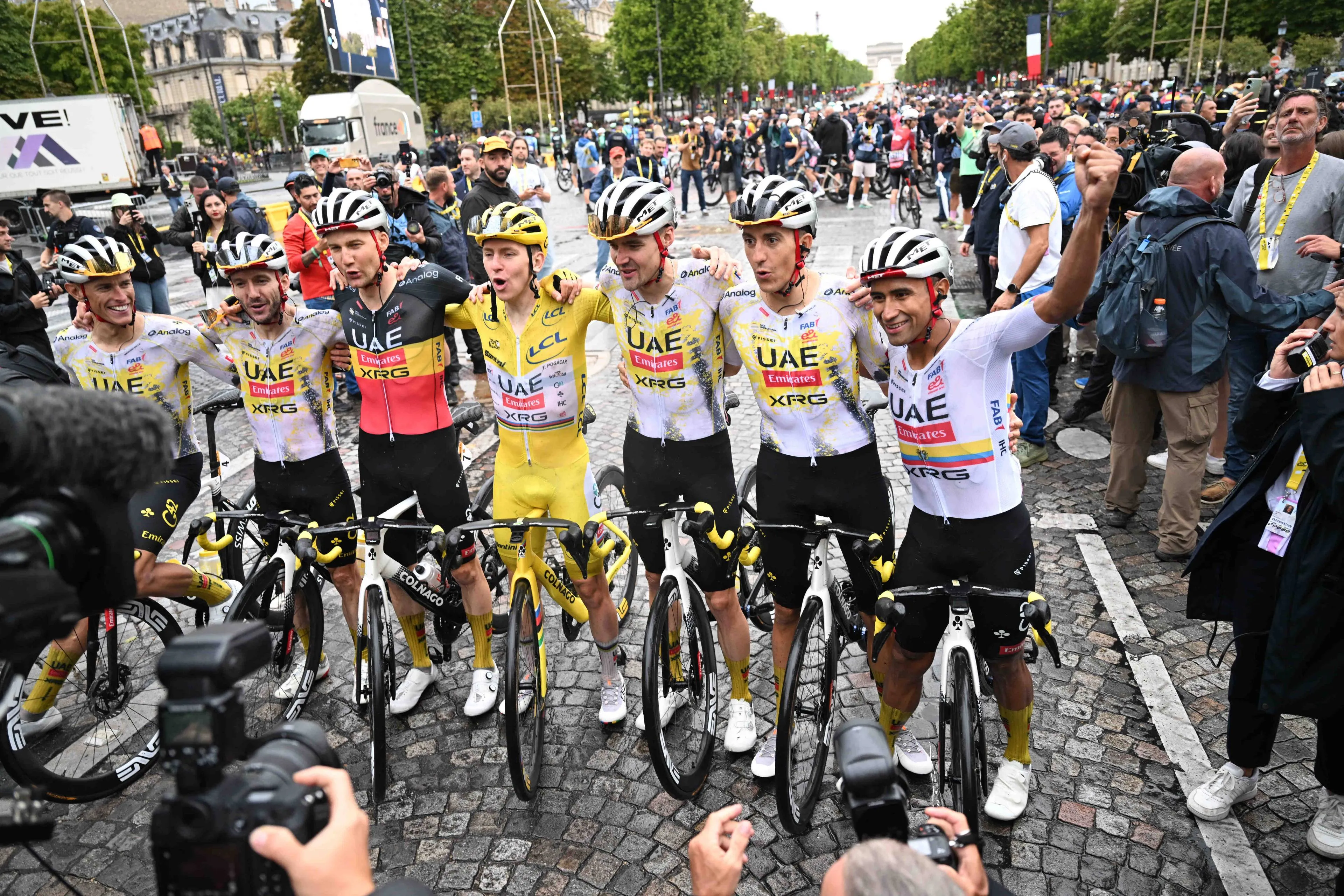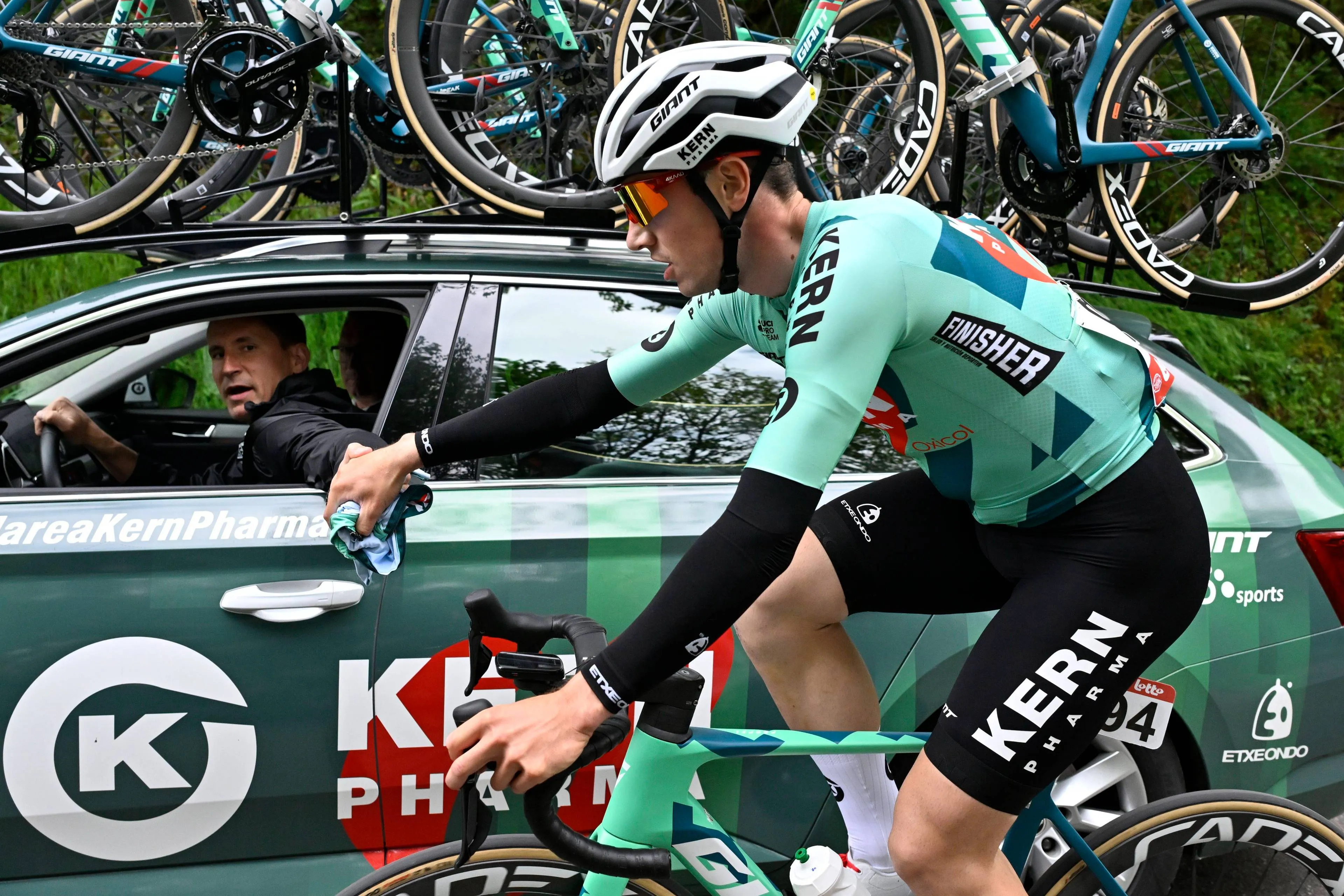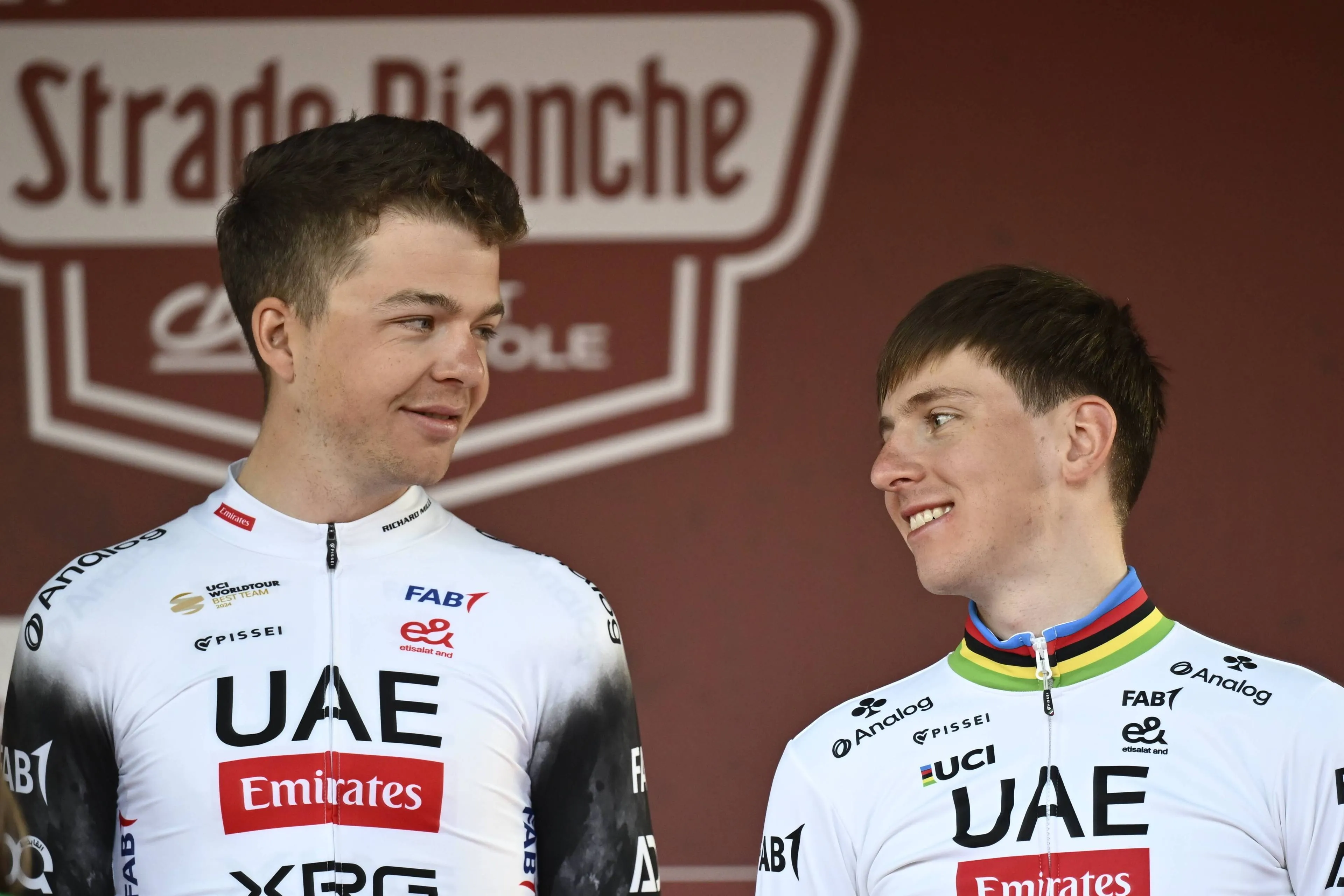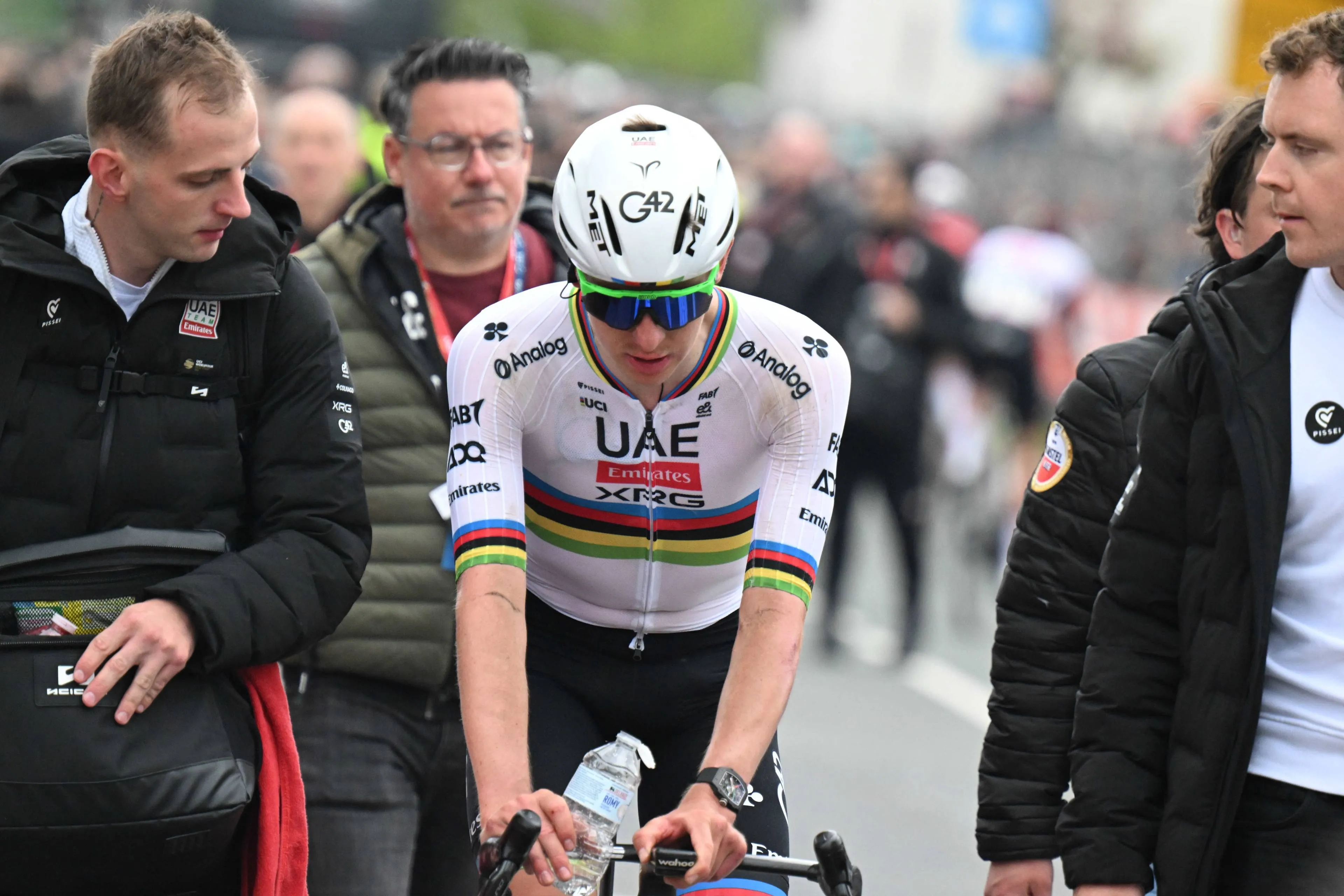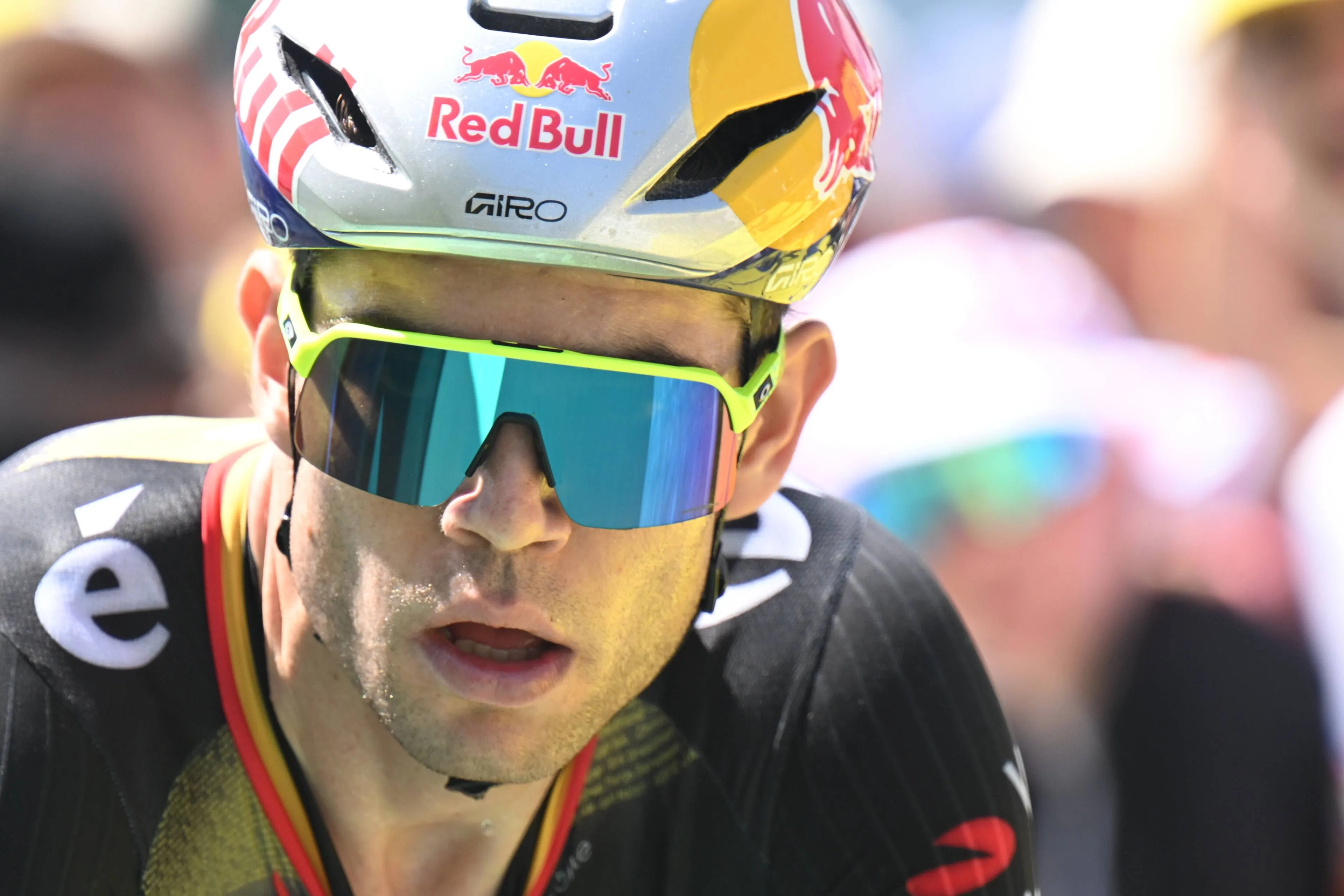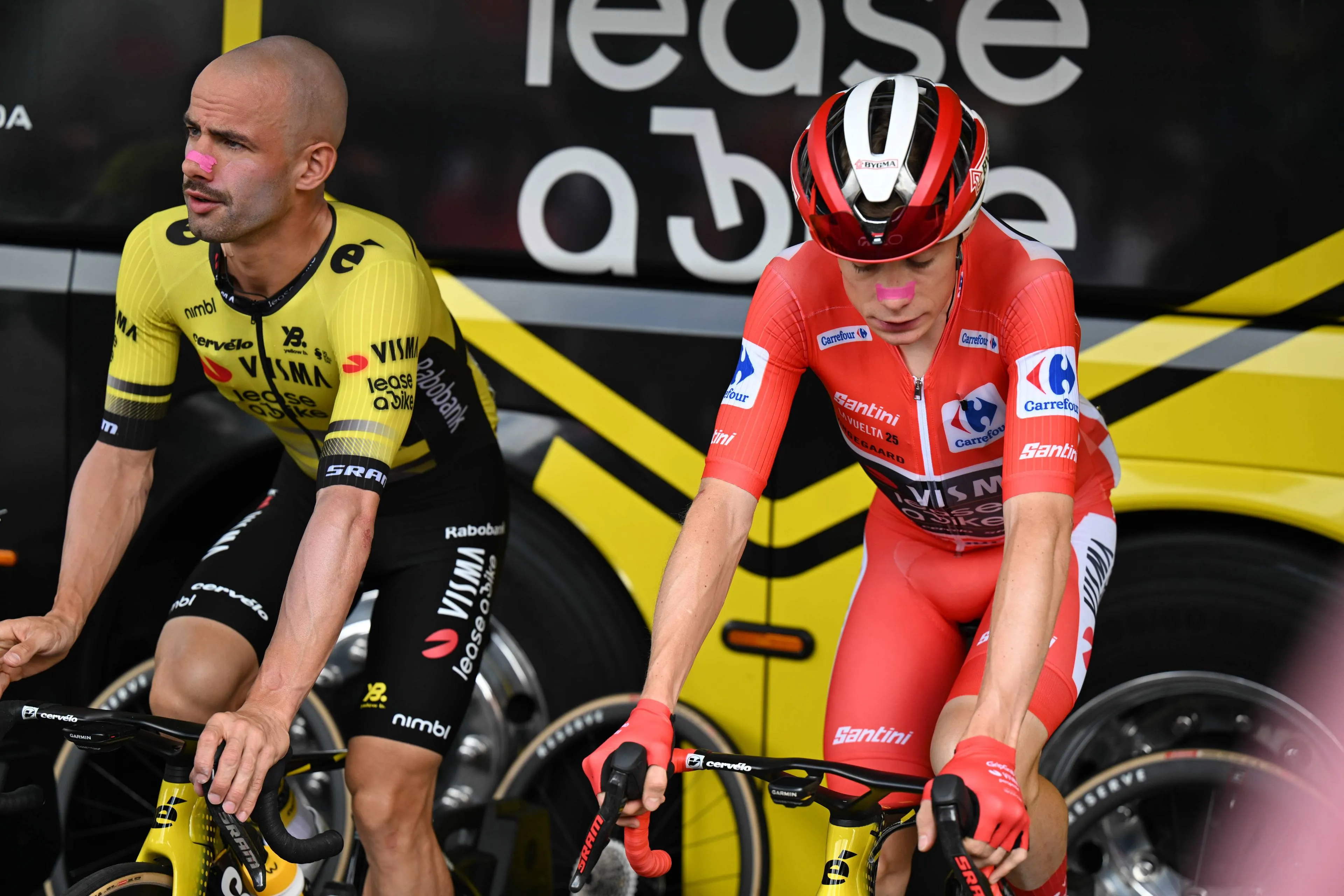“That should not be a problem” - Doctor downplay Mathieu van der Poel Tour de France fears
CyclingTuesday, 27 May 2025 at 10:30
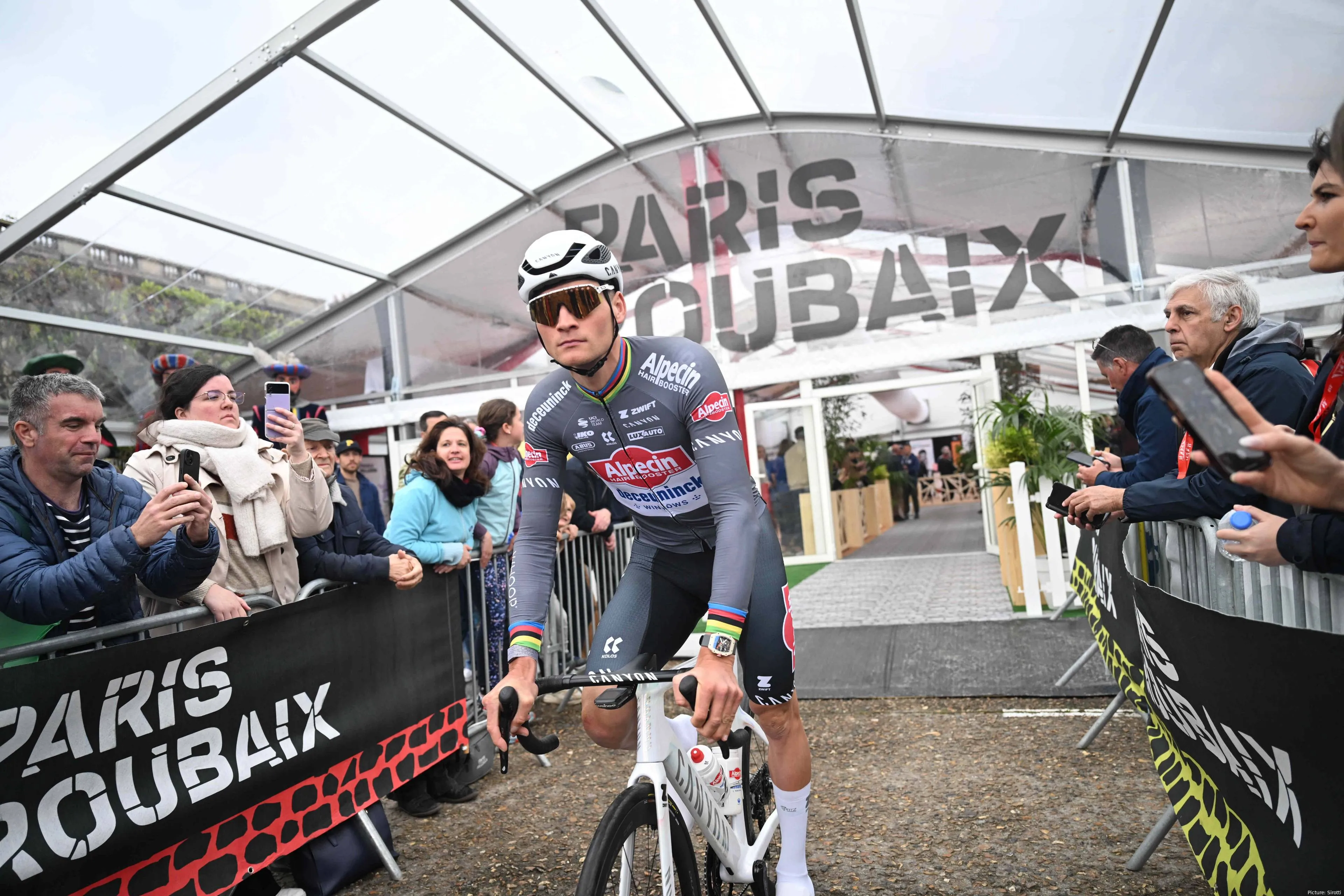
Mathieu van der Poel’s ambitious return to mountain biking
ended with a crash, an abandoned race, and now, confirmation of a fractured
scaphoid bone in his wrist. The injury, sustained during the Mountain Bike
World Cup in Nové Město, has understandably triggered alarm among fans with the
Tour de France just over five weeks away.
But according to two leading medical experts, there may be
no need for panic.
“The scaphoid is a bone in the wrist, a crucial bone for the
functioning of the wrist,” explains surgeon Joris Duerinckx, speaking to Sporza.
“People talk about a fracture at the attachment of one of the ligaments on the
scaphoid.” Duerinckx has first hand experience treating wrist injuries in elite
cyclists. In 2023, he treated Tadej Pogacar after the Slovenian crashed during
Liège–Bastogne–Liège and fractured his scaphoid, a race won by Remco Evenepoel.
Read also
Pogacar did manage to recover in time for the Tour de France
that year, but the third week saw him fade dramatically against Jonas
Vingegaard, raising the question of whether the wrist injury contributed to his
decline. Just ask how Pogacar felt on the Col de la Loze…
Could the same happen to Van der Poel?
In theory, yes, but the Dutchman is not a general
classification contender, and that changes the calculus. Unlike Pogacar, who
needs consistent form over three weeks of punishing climbs and time trials, Van
der Poel’s role at the Tour is more explosive and stage-specific. He targets
breakaways, sprint lead outs, and aggressive one day style wins, not the yellow
jersey. For that reason, he doesn’t need to be in tip-top form every day and
his recovery window may be sufficient.
Read also
“It is a typical cyclist injury,” sports doctor Kris Van der
Mieren adds. “When you go upside down (like Van der Poel), you want to land on
your flat hand, but you land on your wrist. Most of the pressure goes to the
scaphoid. That is the first thing that will break. It is good that it has been
discovered, because sometimes it is missed.”
The timing might be tight, but it’s not disastrous. “A good
bone healing of the scaphoid quickly takes about six weeks,” says Van der
Mieren. “However, that does not mean that you cannot cycle for six weeks, he
emphasizes. If the bone can be fixed (with a pin), then the attachment will
absorb the forces and then it can go much faster.”
Read also
The exact extent of Van der Poel’s ligament damage is not
public, but that may be decisive. “It depends on which ligament is affected,
but I have no insight into that,” Duerinckx explains. “The damage may be
minimal, which is comparable to a sprained wrist. In that case, the recovery
will depend on his comfort.”
However, if it involves a more significant ligament,
Duerinckx warns that it could be more complicated, “It can also be an important
ligament that provides stability to the rest of the wrist and that forms a
connection with the rest of the wrist bones. In that case it can be a more
disabling injury. In that case it is sometimes advisable to prescribe strict
immobilization and unloading and therefore to follow it. Hyperextension of the
wrist should then be avoided for six weeks.”
Read also
Still, there is optimism. “There is still about five weeks
before the Tour, that should not be a problem,” says Van der Mieren. “The
Dauphiné will not be ideal, but you can make adjustments to a handlebar. You
can make it softer with an extra cushion in the gloves so that the impact is a
bit less. I do not think it has to be a big problem.”
With the Tour de France starting on July 5th in Lille, Van
der Poel has just enough time for careful management and adjusted training.
Whether or not he makes it to the start line in full health, his wrist will be
under scrutiny, but for now, the prognosis is cautiously optimistic.
claps 0visitors 0
Just in
Popular news
Latest comments
- What does he need to pay Pogi to lead him out?Veganpotter04-12-2025
- Ayuso is not a surprise if you look at his previous 5yrs.Veganpotter04-12-2025
- What do you mean?BenAflec04-12-2025
- Just making the note that it’s actually closer to 120 because most of it is consumed in the first 4 hrs, not evenly across 5 hrs up until the finish.crharnishphd04-12-2025
- WVA dropped TP and his bad knee.Cyclingnut04-12-2025
- Everyone shouts "rider x" is getting better and could beat Pogacar... Tadej is still improving year on year too.....slappers6604-12-2025
- It's not a big blow for Pogacar. Today, Pogacar relies on a close, increasingly Slovenian circle of experts. Among them, the central figure is his longtime friend Ziga Jerman, who took on the role of masseur in 2025. Jerman has known Pogačar since before his global fame, when they cycled together at the Ljubljana club Rog, so Elguezabal’s departure does not pose a threat for Pogi but rather marks the end of a very successful chapter. UAE will have to fill the gap in its professional staff, but for Pogi, this departure will not play an important role.NikkoNicco04-12-2025
- OK, enough of this BS. No one went to college or university from kindergarten. First, Remco must graduate from high school with excellent results to meet with the professor Pogacar in university and to be in same room with him. But you see, Pogi the Great also has a PhD (doctorate in cycling). In 2026, I want to see that success from Remco in high school, because I haven't seen it in these 7 years.NikkoNicco04-12-2025
- calling him a star in cross before he beats MVDP or WVA is also a big stretch.mij04-12-2025
- I think once he's the undisputed leader in a race, he can become more consistent than he was in the past.Ride197404-12-2025
Loading
Write a comment
